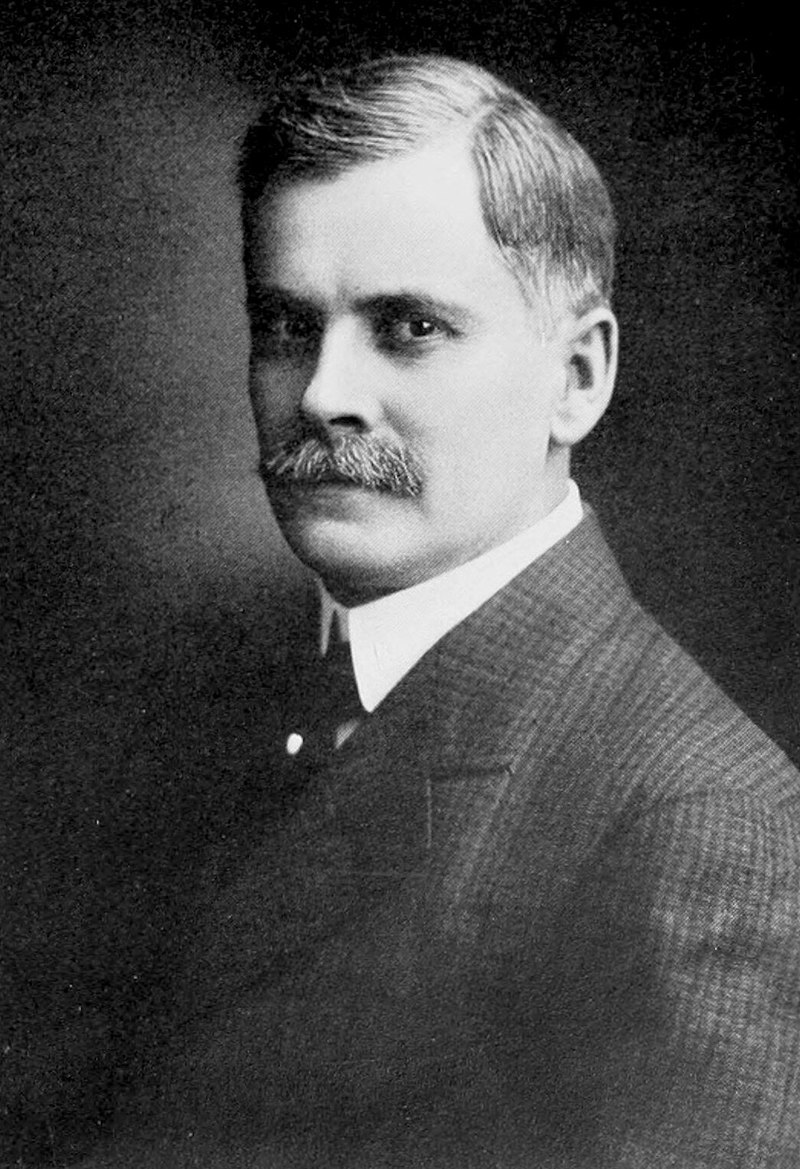The 1912 report on the electric railway system for Cincinnati details the city's growth, its topography, and the state of its existing interurban railway system. It also discusses the need for a better system to accommodate the city's growth and to bring interurban lines into the heart of the city. The report also details previous attempts to connect the city's urban and interurban rail systems. It goes on to recommend two plans for an expanded electric railway system that would solve these problems.

The author of the report, Bion J. Arnold, was a 19th-century electrical engineer who graduated from Cornell University. He was instrumental in the design and implementation of the electric railway system in Chicago and served as a consultant on electric railway systems in New York, Detroit, Toronto, Pittsburg, San Francisco, and Los Angeles.
The report begins with a discussion of the topography of Cincinnati and the surrounding area. The city is situated on the Ohio River, with steep, 300-foot bluffs ringing the city. These bluffs have but one main thoroughfare, which was already occupied by a streetcar line at the time of the report. The report notes, "Steam roads also operate along the entire river front, as well as on both sides of Mill Creek."
The topography of the area presented a challenge to the designers of the electric railway system, as noted in the report: "The topographic conditions of Cincinnati and its environs seemed at first to present a problem much more difficult of solution than would have been the case in more level cities such as Columbus, Indianapolis and Chicago."
The layout of the city also presented a challenge. The city's center was located on a plateau, and the streets followed the lines of the surrounding hills. The report notes that "the main streets in this part of the city are for the most part built along ridges or through natural depressions, evidently having been originally laid out as country roads, and following the lines of easiest grades."
The report notes that Cincinnati was settled in 1787 and incorporated in 1819. At the time of the report, it had an area of 66.35 square miles and a population of 386,000. The makeup of the city at the time of the report is described: "Adjoining Cincinnati, but not yet annexed, are the suburbs of Norwood, Oakley, Hartwell, Fernbank, St. Bernard, Elmwood, Pleasant Ridge, Cheviot, and Ivorydale, with a combined population of 30,100, thus giving the Metropolitan district of Cincinnati a total of 522,600 inhabitants."
It goes on to say that the city had 222 miles of streetcar tracks in operation. The city's electric railway system was owned and operated by the Ohio Traction Company.
Originally designed to Connect the 9 interurban Railways into Cincinnati's CBD
The Interurban Lines

The nine Electric Interurban lines were crucial for the success and funding of the Rapid Transit System
The report states that there were nine interurban lines operating out of Cincinnati, five of which had lines going into the heart of the city. The other four terminated at the city limits, where passengers could transfer to city lines.
The report discusses the problems presented by the gauge differences between the city's urban and interurban lines:
In the lines of the city system the gauge is 5 feet 2½ inches, and the five interurban lines operating over these tracks have the same gauge, while the other four interurban lines have a standard gauge of 4 feet 8½ inches.
The report goes on to detail the various interurban lines operating out of Cincinnati, noting that the urban lines operating on the city's electric railway system had a gauge of 5 feet 2.5 inches, while the other four interurban lines had a standard gauge of 4 feet 8.5 inches.
The report states that the cost of standardizing the gauges of the lines would be considerable, but that it would be necessary for the long-term viability of the city's electric railway system. It also states that the "poor showing of interurban earnings at Cincinnati is mainly due to the fact that they do not reach a suitable or common terminal within the city."
The report concludes with recommendations for a rail line that would solve the problems presented by the city's growth, topography, and the need for a common interurban terminal.

